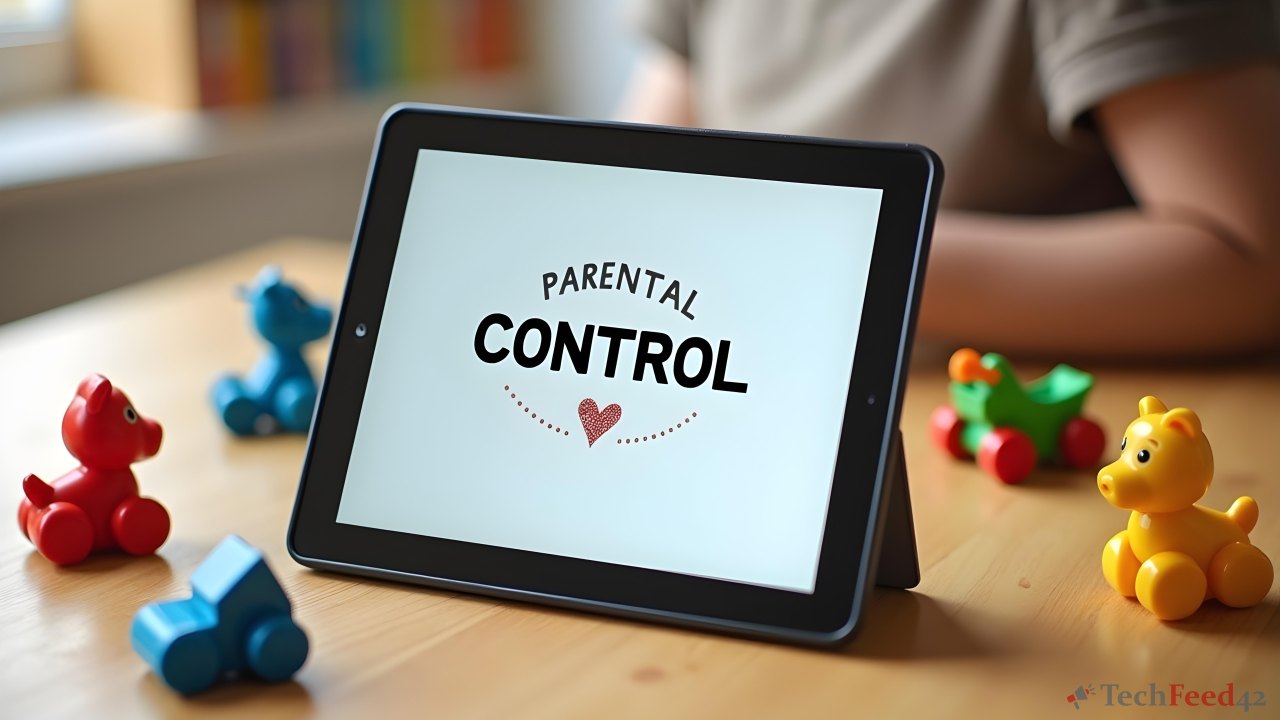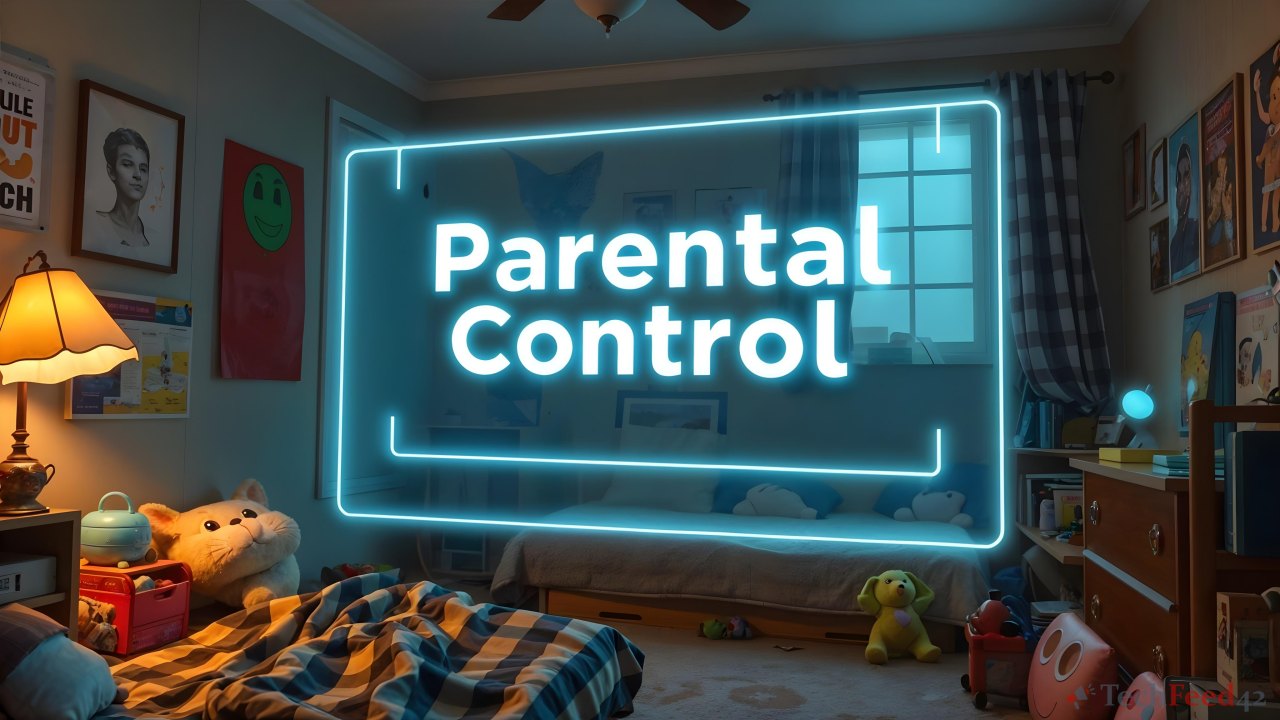Ensuring children’s online safety is a priority for many parents today. With the vast amount of content available on the internet, it’s important to have measures in place to protect kids from inappropriate material. One effective way to achieve this is by setting up parental controls on a home router. This approach allows for managing what children can access on the internet across all devices connected to the home network. Here’s a step-by-step guide on how to set up these controls.
Why Use Parental Controls on a Router?
Parental controls set up directly on the router provide comprehensive protection across all devices connected to the home network. This includes not only computers but also smartphones, tablets, gaming consoles, and smart TVs. Managing internet access at the source ensures that children are protected whether they are using a laptop in the living room or a tablet in their bedroom.

Steps to Set Up Parental Controls on a Router
Access the Router’s Settings
The first step in setting up parental controls is accessing the router’s settings. To do this, connect to the router’s network and enter its IP address into a web browser. Common IP addresses are 192.168.1.1 or 192.168.0.1. The specific IP address is usually found on the router or in its user manual.
After entering the IP address into the browser, log in using the router’s username and password. If the default login credentials have not been changed, it is advisable to update them to secure the network from unauthorized access.
Locate the Parental Controls Section
Once logged in, the next step is to locate the parental controls section within the router’s interface. The location of this feature can vary depending on the router’s brand and model. In some cases, it may be found under “Security” or “Access Controls”. Look for labels such as “Parental Controls” to find the correct section.
Set Up User Profiles
In the parental controls section, it is possible to create user profiles for each child. This feature allows for customizing settings based on the age and maturity level of the user. For example, specific websites can be blocked, time limits on internet usage can be set, and the internet can even be paused during certain times, such as homework hours.
To apply these settings to specific devices, add the MAC address of each device used by the children. This ensures that the parental controls apply only to those devices and not to others connected to the network.
Block Specific Websites and Content Categories
One of the most useful features of parental controls is the ability to block specific websites or entire categories of content. This can be done by blocking access to adult content, gambling sites, and other inappropriate material. Many routers offer preset categories, such as “Social Media”, “Violence”, and “Games”, making it easy to filter content based on what is deemed appropriate for children.
Additionally, specific websites can be added to a blacklist, ensuring they cannot be accessed under any circumstances. This level of control provides peace of mind knowing that harmful content is being effectively filtered out.

Set Time Limits for Internet Usage
Managing the amount of time children spend online is another critical aspect of internet safety. Through the router’s parental controls, time limits can be set to restrict internet access during certain hours. For example, internet use can be limited during bedtime or restricted during school days to encourage more offline activities.
This feature is particularly useful in preventing late-night browsing and ensuring that children get enough sleep without the distraction of the internet.
Monitor Internet Activity
Monitoring internet activity is just as important as blocking content. Many routers with parental controls offer features that allow tracking of internet usage. Reviewing which websites are accessed and when helps identify any concerning patterns and allows for adjustments to the settings if necessary.
Additional Tips for Maximizing Router-Based Parental Controls
While router-based parental controls provide a strong layer of protection, they are most effective when combined with other tools and practices. Here are some additional tips to enhance internet safety:
- Educate Children About Internet Safety: Discuss the importance of safe internet practices and the reasons behind setting up parental controls. This helps children understand and respect the boundaries set for them.
- Use DNS Filtering: In addition to router controls, DNS filtering services like OpenDNS can add an extra layer of security by blocking harmful websites, even if the router’s controls fail.
- Regularly Update the Router’s Firmware: Keeping the router’s firmware updated ensures that it has the latest security patches and features. Regularly checking for updates is a good practice.
- Set Up Guest Networks: When guests connect to the network, setting up a guest network allows them to use the internet without being affected by the parental controls. This ensures that the restrictions remain in place for the children’s devices while providing access to others.
Conclusion
Setting up parental controls on a router is a crucial step in protecting children from potential online dangers. It provides a comprehensive solution that works across all devices in the home, creating a safer online environment. While technology plays an essential role in internet safety, it is also important to have ongoing conversations with children about safe internet practices. By taking these steps, families can feel more confident in their children’s ability to explore the digital world safely and responsibly.


